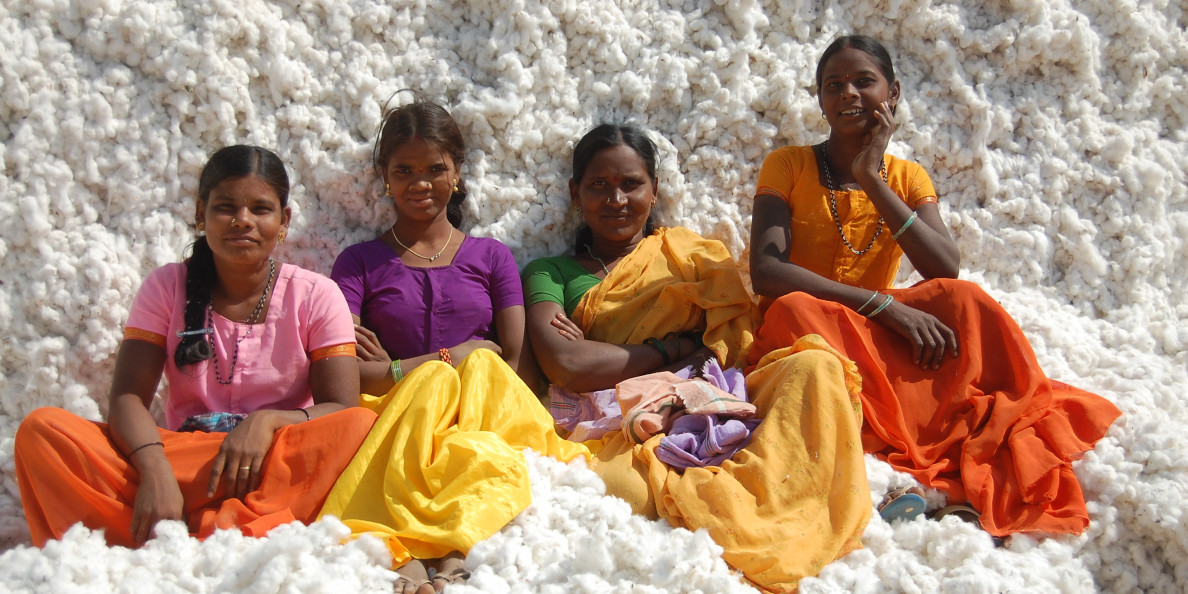An estimated record crop of 400 lakh bales of cotton in 2017-18 is expected to push the cotton farmer into a precarious situation. “The situation will neither benefit the farmer nor the mill sector,” said J Thulasidharan, President, Indian Cotton Federation (ICF).
While hailing the crop size and India’s position as the “world’s largest producer of cotton”, the ICF President conceded that the remunerative prices that the white fibre fetched as compared to returns from alternative crops had lured farmers to grow more cotton in the last three years.
The area under cotton during the 2017-18 season grew 20 per cent. Coupled with this, climatic conditions also proved favourable, leading to an estimated record production of 400 lakh bales (of 170 kg each).
The ICAC’s (International Cotton Advisory Committee) latest report has predicted a similar situation in other cotton growing countries, resulting in 75 per cent surplus cotton globally in 2017-18.
The season has just commenced. Arrivals are expected to peak over the next four weeks and this situation would normally last till end February.
Between October-end and February, over 70 per cent of the produce is brought to the market by the farmers. The value of the cotton (brought to the market) is estimated to be over ₹58,300 crore.
With the consuming mill sector in a tight liquidity situation, this abundance in supply could only make matters worse, observed Thulasidharan, adding: “not just in India, but globally as well.”
The lack of buying support from spinning mills would result in a steep decline in the price level. (Against production of 400 lakh bales, mill consumption is estimated at around 300-310 lakh bales).
According to Thulasidharan, the Government should advise Cotton Corporation of India (CCI) to procure a minimum of 100 lakh bales to maintain stability and avert a crisis.
To support farmers’ sustenance in cotton, “CCI should act as a voltage stabiliser by procuring during the peak season and making it available to mills for consumption in the lean season. This strategy would help in stabilising prices and benefit farmers across Gujarat, Maharashtra, Telangana and Andhra Pradesh. A monitoring mechanism should be in place to ensure that the price does not dip below the MSP for the farmer,” he said.
Thulasidharan added that the cottonseed market is also down due to poor demand for oilseed. The 20 per cent excess supply of cottonseed would pull prices down and this, in turn, would adversely affect kapas prices, he said.
The ICF has appealed to the government to strengthen raw material security and competitiveness of the spinning industry.
Source: thehindubusinessline.com

